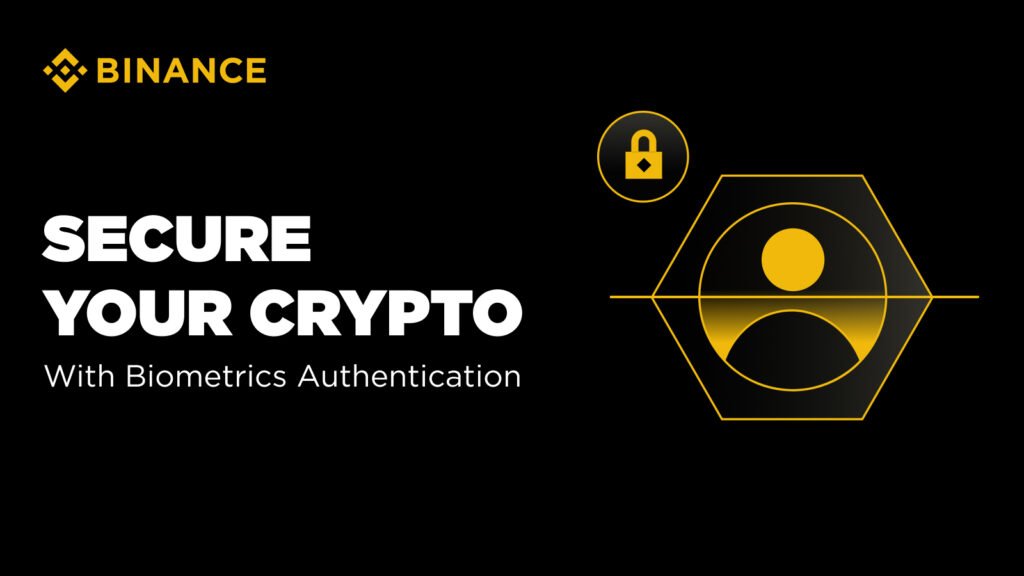Binance, the world’s largest cryptocurrency exchange by trading volume, has announced the rollout of a new biometric security feature designed to enhance wallet access safety. Starting this week, users will be able to secure their wallets using fingerprint and facial recognition technology, marking a significant step in safeguarding digital assets against increasingly sophisticated cyber threats.
Boosting Security Amid Rising Cyber Risks
As the crypto sector continues to expand, so does the risk of hacking and unauthorized access to user wallets. Binance’s latest security measure aims to address these concerns by incorporating biometric authentication — a method already prevalent in smartphones and banking apps — to provide an additional layer of protection.
Changpeng Zhao, Binance’s CEO, emphasized the importance of security in a recent statement: “Our users entrust us with their digital assets, and it’s our responsibility to ensure they are protected by the most advanced technology available. Biometric verification reduces the reliance on passwords alone and significantly lowers the risk of unauthorized access.”
The new feature leverages users’ unique physical characteristics, such as fingerprints or facial patterns, to confirm identity. This move aligns Binance with global fintech trends where biometrics are increasingly integrated into digital security protocols.
Phased Rollout and User Experience
The biometric security update is being introduced in stages to ensure smooth adoption across Binance’s diverse user base. Initially, the feature will be available to users in Europe and parts of Asia, regions with high crypto adoption rates and strict regulatory standards.
According to Binance’s official blog, the rollout will begin with optional biometric login for wallet access on mobile devices, followed by expansion to desktop platforms within the next quarter. The company is also planning to release an update that allows users to manage biometric preferences directly from their security settings.
Binance has assured users that biometric data will be stored securely on their personal devices, not on centralized servers, to mitigate privacy concerns. The company adheres to international data protection regulations, including GDPR in Europe and similar frameworks in Asia.
Industry Reactions and Competitive Landscape
Security experts have welcomed Binance’s initiative as a necessary evolution in crypto wallet protection. “Biometric authentication is not foolproof, but it significantly raises the bar for hackers,” said Anna Lee, a cybersecurity analyst at CyberSecure Asia. “In the crypto world, where transactions are irreversible, adding this layer can prevent substantial financial losses.”
Other major exchanges, such as Coinbase and Kraken, have also been exploring biometric options, though Binance’s swift implementation positions it as a leader in this area. The move may prompt industry-wide adoption as exchanges seek to build user trust amid regulatory scrutiny and rising cybercrime.
Regulatory and Market Implications
Binance’s focus on enhanced security comes at a critical time when regulators worldwide are intensifying oversight on crypto platforms to protect investors. Europe’s MiCA (Markets in Crypto-Assets) framework, expected to be fully operational later this year, mandates stringent security standards for exchanges and wallet providers.
“Security features like biometrics could become a regulatory requirement rather than just a competitive advantage,” noted Michael Tan, a fintech policy expert based in Singapore. “Exchanges that proactively implement these technologies may find smoother pathways to regulatory approval.”
From a market perspective, improved security is likely to encourage greater participation from institutional investors and cautious retail users alike. Digital asset management firms have repeatedly cited security concerns as a barrier to broader adoption.
Looking Ahead: Beyond Biometrics
Binance’s biometric rollout signals only the beginning of an intensified focus on digital security. The company is reportedly exploring multi-factor authentication methods combining biometrics with hardware tokens and behavioral analytics to create a robust defense against emerging threats.
In addition to wallet access, Binance plans to expand biometric security features to trading confirmations and withdrawal authorizations, which could further minimize risks of fraudulent activities.
The Bottom Line
With the introduction of biometric security for wallet access, Binance is setting a new benchmark for user protection in the crypto industry. By leveraging advanced technology and prioritizing user privacy, the exchange aims to bolster confidence amid a complex regulatory landscape and growing cybersecurity challenges.
As the rollout continues globally, users are encouraged to enable biometric authentication to safeguard their assets and stay ahead of evolving cyber threats.
Do not hesitate to report cyber threats to Service Complaint Alert to recover your losses before it’s considered too late.
This article is for informational purposes only and does not constitute financial advice.













